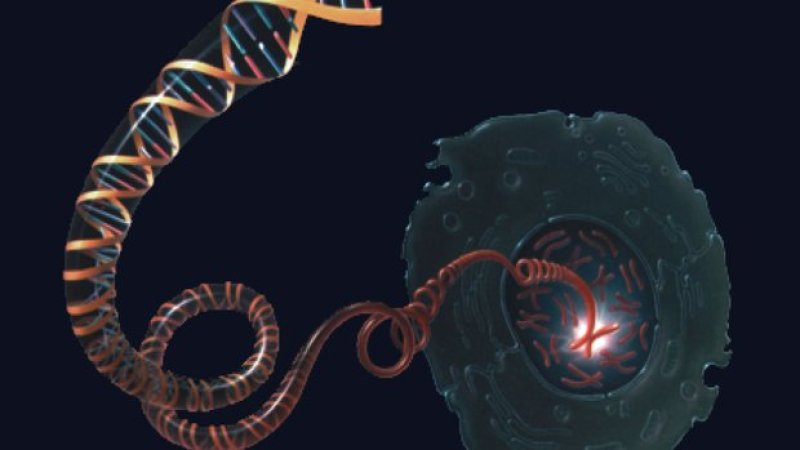In the 2013 term, the United States Supreme Court held that a private company could not patent human genes.

But the Court left room for future patents in the area of genetics. A patent may be granted for “new and useful…composition of matter” as opposed to matter that is from “naturally occurring phenomena”. The possibility exists for an entity to make a new and useful composition of matter through isolating DNA.
Dare we apply that technology to making a brand of super athletes? Are we at the point where genetics and imagination and legal leeway to create gladiators in future generations?
Read the full, original story: 2014 Is a Step Closer to Genetically Engineered Athletes
Additional Resources:































